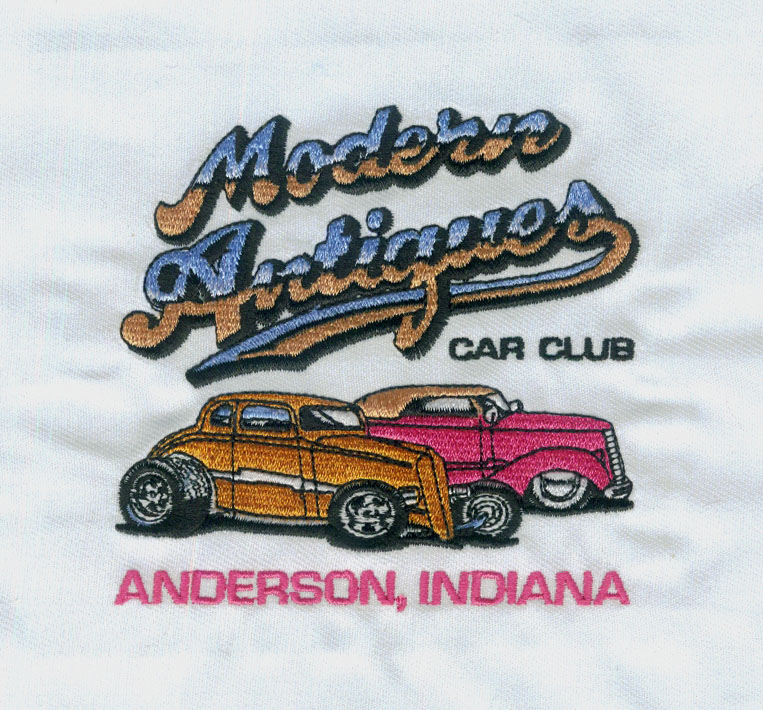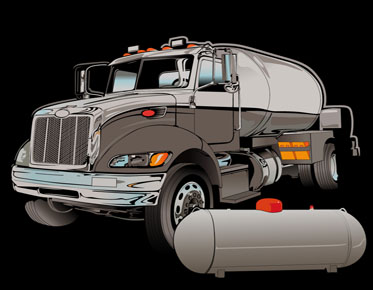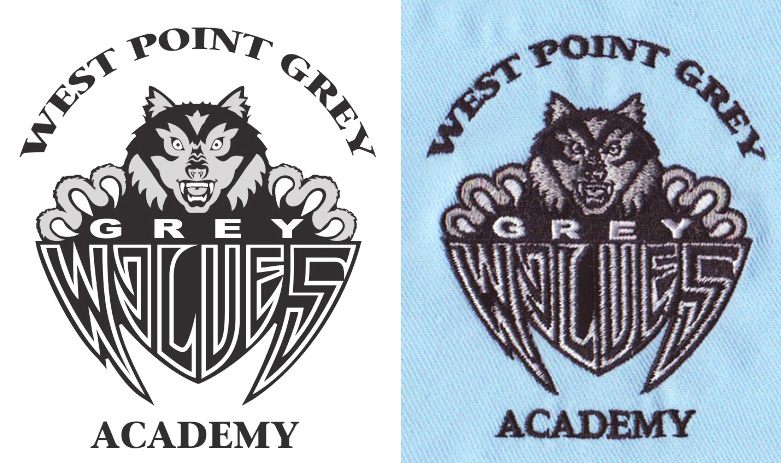Machine Embroidery Stitch Types and Their Creative Applications
Machine embroidery is a delightful craft that allows you to infuse fabrics with artistry and personality. At the heart of this creative pursuit lies a diverse array of machine embroidery stitch types, each with its unique character and utility. In this comprehensive guide, we'll explore these stitch types and inspire your embroidery projects with their versatile applications.
Unraveling the Art of Machine Embroidery
Machine embroidery is a centuries-old craft that has evolved into a captivating blend of tradition and innovation. From intricate designs on clothing to personalized gifts and home decor, machine embroidery offers endless possibilities. Central to this art form are the various stitch types, which serve as your creative palette. Let's embark on a journey through these stitches and discover their magic:
1. Running Stitch: The Versatile Foundation
The running stitch is the foundational stitch in machine embroidery. It consists of straight stitches formed by the machine's needle moving up and down in a continuous line. Though seemingly simple, its versatility knows no bounds.
Applications:
● Outlines: Use running stitches to create clean outlines and define shapes.
● Underlay: Employ them as an underlay to stabilize the fabric and prevent puckering.
2. Satin Stitch: Smooth Elegance
The satin stitch, also known as the fill stitch, is characterized by closely spaced parallel lines of thread. It creates a smooth and shiny surface, adding an element of elegance to your embroidery design.
Applications:
● Filling: Satin stitches are perfect for filling solid areas within your design.
● Lettering: Achieve neat and legible text in embroidery, including monograms and logos.
3. Fill Stitch: Textured Depth
The fill stitch is similar to the satin stitch but provides more solid coverage. It consists of parallel lines running in one direction, creating a textured appearance that adds depth to your designs.
Applications:
● Large Areas: Employ fill stitches efficiently to cover expansive areas.
● Textured Effects: They can mimic textures like fur, grass, or water.
4. Column Stitch: Precision and Detail
Column stitches are narrow, closely spaced stitches that create defined lines. They are perfect for outlining, adding detail, and enhancing the edges of elements within your design.
Applications:
● Outlining: Column stitches provide precise outlines for intricate designs.
● Detail Work: Use them for small, detailed areas that require precision.
5. Chain Stitch: Classic and Textured
The chain stitch is a looped stitch resembling a chain, imparting a classic and textured appearance to your embroidery. Its versatility adds a timeless charm to your projects.
Applications:
● Borders and Frames: Chain stitches are perfect for decorative borders and frames.
● Textured Fill: They can fill areas while adding a textured look and feel.
6. Cross Stitch: Timeless Tradition
Cross stitches mimic the hand-sewn cross-stitch technique, evoking a traditional and timeless aesthetic. These stitches form an "X" shape and are widely recognized in embroidery.
Applications:
● Sampler Designs: Cross stitches are used for traditional sampler designs and decorative elements.
● Crafting: Incorporate them into home decor items like pillows and tablecloths.
7. Feather Stitch: Whimsical and Organic
The feather stitch is characterized by delicate, wavy lines resembling the wisps of a feather. It adds a whimsical and organic touch to your embroidery designs.
Applications:
● Floral Designs: Feather stitches are perfect for creating leaves, vines, and floral motifs.
● Borders: Create decorative borders with a soft, flowing appearance.
8. Stem Stitch: Natural Texture
The stem stitch is a textured line stitch creating a rope-like effect. It is often used to add dimension and interest to stems, branches, and other linear elements.
Applications:
● Plant Elements: Stem stitches are ideal for embroidering plant stems, tree branches, and vines.
● Textured Outlines: They add a unique texture to outlines and details.
9. Triple Stitch: Bold and Eye-Catching
The triple stitch, also known as the bean stitch, is a bold and defined stitch type. It consists of three closely spaced lines, creating a robust and eye-catching effect.
Applications:
● Bold Outlines: Triple stitches are used for bold outlines that make designs stand out.
● Textured Lettering: They are great for adding texture to lettering and monograms.
10. Couching Stitch: Layered Creativity
Couching stitches secure a thicker thread or yarn onto the fabric using smaller stitches. This technique allows layering and adds a tactile and dimensional element to your designs.
Applications:
● Texture and Depth: Couching stitches create texture and depth in embroidery.
● Mixed Media: They enable the incorporation of various materials like metallic threads and ribbons.
11. Pattern Fills: Intricate Patterns
Pattern fills are machine-generated patterns that fill areas of your design. These patterns can be intricate and detailed, providing a unique aesthetic to your embroidery.
Applications:
● Complex Backgrounds: Pattern fills are perfect for creating intricate backgrounds or textured surfaces.
● Recreating Patterns: They can replicate patterns seen in textiles, wallpapers, or artwork.
12. Trapunto Stitch: Dimensional Elegance
The trapunto stitch creates a raised or puffy effect by stitching over padding or foam. It adds dimension and depth to specific areas of your design, elevating your embroidery to a new level of elegance.
Applications:
● Dimensional Effects: Trapunto stitches create three-dimensional elements within your design.
● Enhanced Details: They emphasize certain features or areas with an elegant touch.
13. Free-Motion Embroidery: Artistic Freedom
Free-motion embroidery is a technique where the machine's feed dogs are lowered, allowing you to move the fabric freely under the needle. This technique offers complete artistic freedom and enables you to draw and create with the machine.
Applications:
● Artistic Expression: Free-motion embroidery is often used for artistic and expressive designs.
● Textured Art: Create intricate textures and patterns with ease.
Finding the Perfect Stitch for Your Project
Selecting the right machine embroidery stitch type is crucial to the success of your project. Here are some tips to help you with the decision-making process:
1. Consider Your Design: Think about the nature of your design and the effect you want to achieve. Is it a bold outline, intricate texture, or smooth fill?
2. Size Matters: The size of your design elements matters. Some stitches work better for small, detailed areas, while others are ideal for larger expanses.
3. Fabric Selection: The type of fabric you're embroidering on can influence your stitch choice. Some stitches work better on sturdy fabrics, while others are suited for delicate materials.
4. Layering and Dimension: If you want to add dimension or layering to your design, consider stitches like the couching stitch or trapunto stitch.
5. Personal Style: Your personal style and artistic preferences play a significant role. Experiment with different stitch types to discover what resonates with your creative vision.
Expanding Your Embroidery Horizons
Machine embroidery stitch types open up a world of creative possibilities. Whether you're crafting intricate designs, personalized gifts, or embellishing clothing and accessories, mastering these stitches will elevate your embroidery to new heights. So, unleash your creativity, experiment with different stitch types, and let your embroidery projects bloom with artistic flair.



